Quick Hits
- With a slew of big incoming and outgoing deals, MLS teams have been busy in the transfer market this year
- Now that deadline day for MLS’s summer transfer window is a week in the rearview mirror, we’re looking at key transfer themes from across the league
It’s been a true banner year for MLS clubs in the transfer market, both in terms of incoming and outgoing moves.
Ricardo Pepi became one of the league’s most expensive transfers in a blockbuster deal to FC Augsburg back in January, while Gaga Slonina became potentially one of the world’s most expensive teenage goalkeepers in a transfer to Chelsea. In-prime, global stars were signed, along with rising talents.
Teams have been throwing money all over the place.
The summer was just as crazy as – or perhaps even a little more bonkers than – the winter. With deadline day for MLS’s secondary transfer window now a week in the rearview mirror, and these Twitter fingers finally back to typing out real articles instead of 100 tweets that started with “sources: …”, it’s a good time to dive into the biggest moves from a wild summer.
Rather than looking at the best moves, which Kieran Doyle-Davis already outlined and you should check out, let’s look at the big-picture. Thematically, what do a number of these deals mean? What could we see more of in the future?
Let’s get to the macro stuff.
IN-PRIME STARS?!
Lorenzo Insigne was a key player for the Italian national team and Napoli when he signed a pre-contract agreement with Toronto FC in the winter. Federico Bernardeschi has 39 caps with Italy and was at Juventus before signing with Toronto in the summer. Insigne just turned 31. Bernardeschi is 28. These are two in-prime stars (granted, they’re closer to the end of those primes than they are to the beginning) who hopped on a flight across the Atlantic to sign for an MLS team.
Lorenzo Insigne's first MLS goal was special 😎
— B/R Football (@brfootball) August 7, 2022
(via @MLS)pic.twitter.com/plhzZqEzyN
It’s wild.
Hector Herrera, who also signed a pre-contract agreement in the winter to join the Houston Dynamo in the summer, is at the end of his prime. He was playing crucial games for Atletico Madrid months ago.
These players with impressive pedigrees are coming to MLS earlier than in the past. Sebastian Giovinco and Carlos Vela felt more like one-off moves at the time when they moved to MLS in their primes. But now, it’s becoming more of a regular thing.
Toronto noted that it was much easier to sign Bernardeschi after Insigne was already on the books. I’m sure Giorgio Chiellini didn’t exactly hurt LAFC’s chase for Gareth Bale. The more players of this ilk that come to the United States and Canada, the more likely it is for that trend to continue in the future.
ONE-TIME WONDERKID LEAVING A BIG CLUB FOR MLS, NOT EUROPE
Riqui Puig, signed on a TAM-deal (!) by the LA Galaxy from Barcelona, is a big deal.
Puig, 22, made 57 appearances with Barcelona. He was tabbed as another star coming through the La Masia academy. Puig’s talent is clear, but it didn’t quite work out with the first team in Spain, so it was time to find a new club. It seems like a player with Puig’s profile (early 20s, talented, elite club) always signs for another La Liga team or for another team in Europe. I’m certain he wasn’t short of those options. But now, Puig is an LA Galaxy player.
First day as a 𝕲, @RiquiPuig ✨ pic.twitter.com/ObflcPOB5i
— LA Galaxy (@LAGalaxy) August 9, 2022
If it works out and Puig is back in Europe at a high level in a few years, this continues to open the door for other similar players to follow in his footsteps.
Giacomo Vrioni (early 20s, was under contract with Juventus) who recently signed for the New England Revolution also fits into the outer fringes of this category, although he wasn’t the same kind of talent as Puig coming through Barcelona. Dejan Joveljic, too, could have signed elsewhere in Europe from Eintracht Frankfurt but opted to come to Los Angeles.
Another one in this category from this summer: Nuno Santos to Charlotte FC.
Santos wasn’t a Puig-level talent when he came through Benfica, but thanks to the Barcelona hype machine, relatively few players have Puig’s reputation. The 23-year-old attacking midfielder was capped at all Portuguese youth national team levels and was solid on loan within the Portuguese top flight, with five goals and two assists in 32 appearances last year. He’s potentially a big get for Charlotte, on a TAM-deal no less.
RELEGATED TOP FIVE LEAGUE PLAYERS
Cucho Hernandez. Denis Bouanga. Alessandro Schopf.
This group of players from recently relegated teams is such a key one: there are always deals to be had for some really good players from teams relegated in the top five leagues. I’d expect MLS teams to keep looking in this bucket in the future.
Cucho Hernandez was easily the most expensive for a reason and has absolutely lit up the attack for the Columbus Crew from the moment he debuted earlier this summer.
Hernandez, a 23-year-old Colombian international, had five goals for Watford in the Premier League last year as the club got relegated. He’s also spent time in La Liga on loan. He could have easily stayed at Watford as a focal point of their promotion bid to come right back to the Premier League or signed somewhere else in Europe. Instead, Columbus made the club-record deal (around $10.5 million) happen. Hernandez, for his part, seems fully bought in.
The technique from Lucas 🤌
— The Crew (@ColumbusCrew) August 7, 2022
The vision from Diaz 👀
The finish from Cucho 👊#Crew96 | 1-1 pic.twitter.com/OG53FBEVcn
LAFC made a move for a player from a relegated team in this past window, too, using their final DP spot to sign Gabon international winger Denis Bouanga from Saint-Etienne in France. Bouanga is in his prime at 27 and had no fewer than 11 goal contributions in each of his four Ligue 1 seasons. That’s really strong. Last year he had nine goals and six assists for Saint-Etienne.
His profile should do very well in this league.
As for Alessandro Schopf, the Austrian international is the third key player the Whitecaps signed from a relegated European team following Ryan Gauld (Farense), Andres Cubas (Nimes, a year after relegation, though the club tried hard to do it earlier) and now Schopf. Schopf, who has 32 caps with Austria, featured in 31 of 34 Bundesliga games for Arminia Bielefeld last year.
Shopping from relegated teams is clearly part of Vancouver’s scouting and recruitment strategy.
SUPERSTARS WITH SOMETHING LEFT IN THE TANK
One of the hills I will fight for with my bare hands and die on: I truly hope MLS never stops being a league where players like Gareth Bale and Giorgio Chiellini want to play.
Look, youth development has been crucial to MLS’s rise both in perception and quality. It’s integral to the league’s growth, as is participating and understanding their place in the global soccer ecosystem. Relying on “old stars” gave them a “retirement league” moniker. It’s not like that anymore, but I understand why some folks are super cautious about leaning back towards signing older players.
That said, MLS is more interesting when Bale is scoring goals and Chiellini is volleyball spiking through balls at Rio Tinto. It’s even interesting when Steven Gerrard and Andrea Pirlo struggle, or when Gonzalo Higuain looked like a huge bust and now is on a redemption arc. Starpower is real, people. If you just want to watch a league of young players, why not look at the Argentine or Dutch leagues instead?
No hands allowed, @chiellini 🤣 pic.twitter.com/3sNIGDobRs
— Major League Soccer (@MLS) August 7, 2022
In addition to Insigne/Bernardeschi, who are in a different category as already outlined above, Bale, Chiellini, Domenico Criscito and Christian Benteke were all signed (before you make a joke: Benteke was absolutely a star).
MLS’s best position is right at this intersection of youth and starpower. Variability in roster builds, tactical ideologies, and player profiles make leagues more fun and less stale.
CLUBS TRULY APPRECIATE THE INTRA-LEAGUE MARKET
The intra-league trade market has been very active in MLS this year. It seems clubs have found the right level of appreciation for in-league talent and aligned their values accordingly.
After the introduction of TAM, teams were looking for the best ways to use it and shelled out some huge trades that largely didn’t quite work out (Dom Dwyer to Orlando for $1.6m xAM, Justin Meram to Orlando, etc). But that trend has been corrected in recent years with Nashville SC (Walker Zimmerman, Dax McCarty, Anibal Godoy) and the Colorado Rapids (Auston Trusty, Keegan Rosenberry, Lalas Abubakar, Diego Rubio) leading the way with clever trades.
This summer, the trade market was headlined by Toronto FC acquiring Mark-Anthony Kaye in a huge package ($1.025 million in GAM, Ralph Priso and more assets) and the Vancouver Whitecaps adding Julian Gressel from D.C. United.
BREAKING: Toronto FC agree blockbuster deal to acquire Canada int'l Mark-Anthony Kaye from the Colorado Rapids, per sources. Kaye returns home, reunites with Bob Bradley.
— Tom Bogert (@tombogert) July 8, 2022
Rapids to receive:
-Ralph Priso
-Around $1m GAM
-2023 int'l roster spot
-TFC's first round SuperDraft pick pic.twitter.com/8Mqm4f0Mg6
Some smaller value trades from this window include David Ochoa and Miguel Berry to D.C., Danny Musovski to Real Salt Lake, and Ismael Tajouri-Shradi to the New England Revolution.
DIVING INTO THE COLOMBIAN MARKET
MLS teams have long mined Argentina for talent and in recent years Brazil is opening up more, too. This summer, numerous clubs went to Colombia for talent. Minnesota United signed Mender Garcia, the Portland Timbers added Juan David Mosquera, and the Houston Dynamo added Nelson Quinones.
None of those moves are really groundbreaking – there have been many Colombians in the league before – but deals get easier with more precedent. For instance, Real Salt Lake signed Jamison Olave from Deportivo Cali in 2008. Olave became one of the best center backs in the league and all of a sudden, more MLS clubs were looking in Colombia for center backs.
Don’t be surprised if you see a wave of Colombian players joining MLS over the next few years.


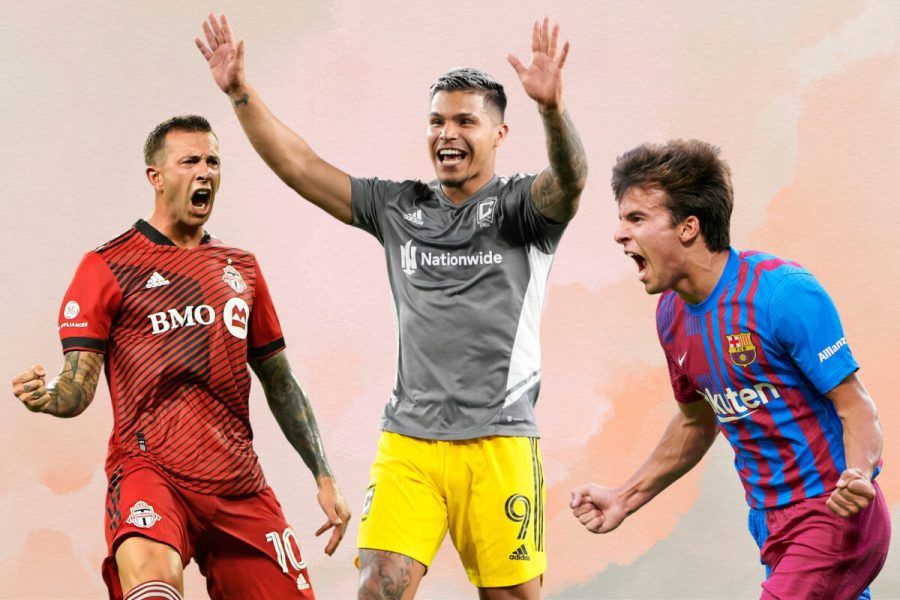
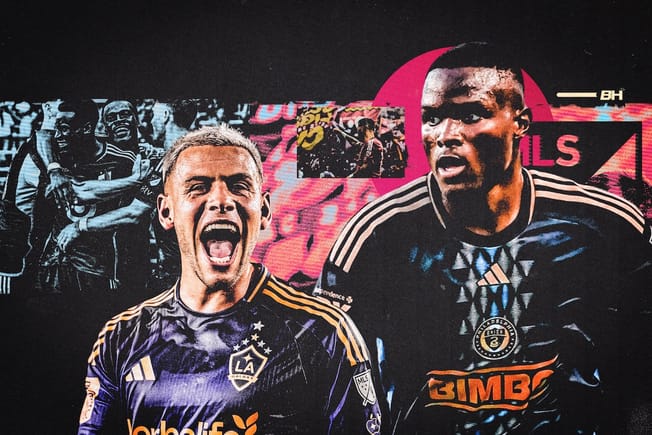
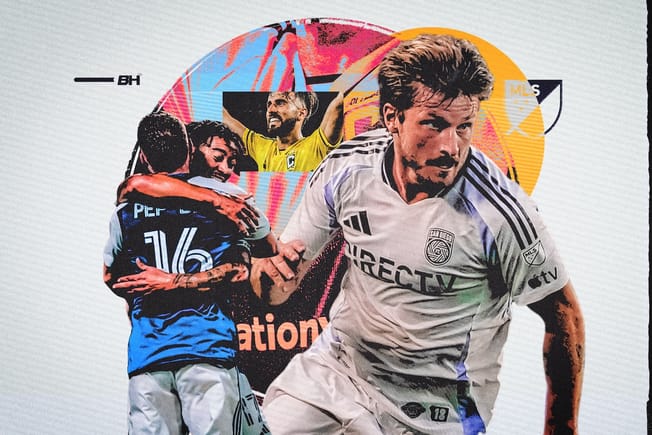
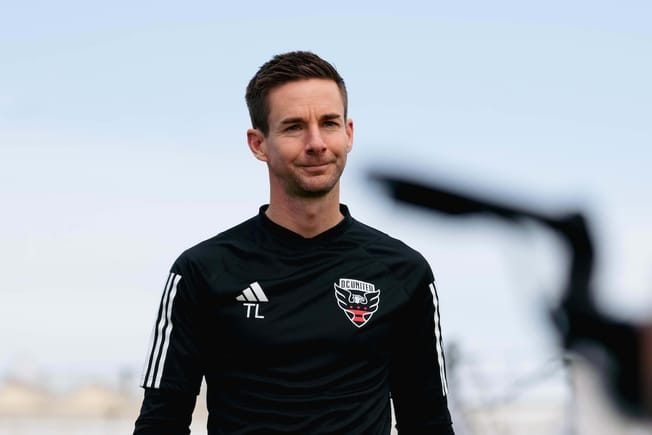
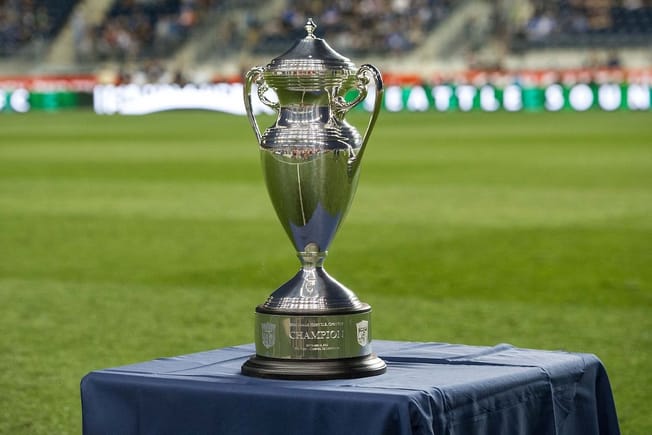
Comments